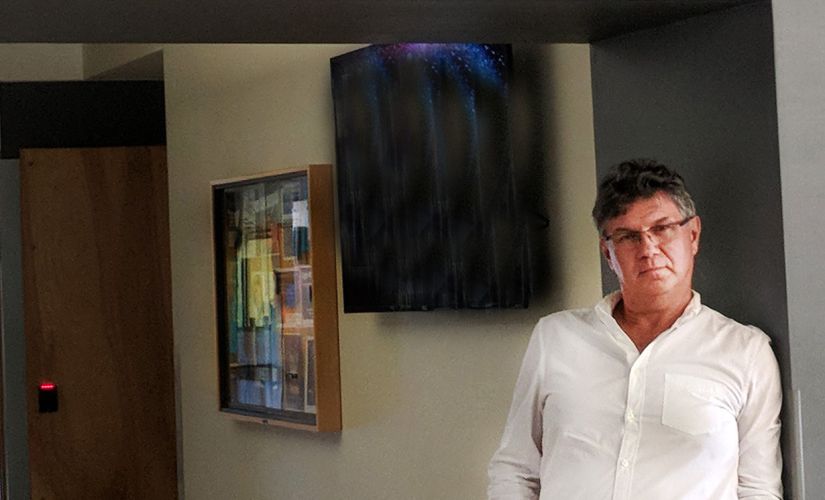ŻU: You have worked at the School of Information at the university in Austin since 2013, but it was at Lodz University of Technology where it all started, was it not?
JG: Yes, in 1985 I graduated from TUL with a degree in Control Engineering. My dissertation was awarded a distinction and took first place in the SEP competition. I took up another degree program at TUL, this time in Information Technology when it was first launched at the Faculty of Technical Physics, Information Technology and Applied Mathematics. However, in 1988, I made the decision to leave for Germany, where I worked as a programming engineer. And two years later, I emigrated to Canada.
ŻU: That was your next stop, but it was on the other side of the big pond. How was that experience for you there?JG: I knew I wanted to work in research, so after a couple of years as a programming engineer I joined the University of Toronto. In 1998, I earned a Master of Applied Science from the Department of Industrial Engineering. One of the first courses I took at this university was in human-computer interaction. My interest in this new field of science turned into a PhD in Human Factors & Ergonomics / Human-Computer Interaction, which I completed at the same department. My supervisor, Professor Mark Chignell, who was involved in experimental psychology, had a tremendous influence on me, so today I feel more like a cognitive psychologist rather than an engineer.
ŻU: Was it when you were trying to find a suitable place to do your research that you decided to work at an American university?
JG: I gained my first position in which I had a degree of independence at Rutgers State University in New Brunswick. It is part of a consortium called iSchools that brings together schools that take an interdisciplinary approach to trying to understand the opportunities and challenges of the access to, organization, and management of information, from the perspective of both people and technology. This area of research was very close to my interests and the research I had previously conducted with my earlier projects. I have now worked at the School of Information at the state university in the Austin, the capital of Texas, for 10 years.
ŻU: What is the main focus of your research?
JG: I am interested in human-information interaction, or, in the most general terms, the methods and strategies undergirding the process of information retrieval. My projects involve the application of neuroscience tools to the study of cognitive functions involved in human-information interaction. Neuro-physiological evidence is very useful in understanding human-information interaction. For example, you can analyze the heart rate variability or skin sweating associated with stress levels in people searching for information. You also have electroencephalography studies of the brain, as well as functional magnetic resonance imaging.
I am specifically interested in studies with the oculograph, also known as the eye-tracker, which I use to assess cognitive states of the user. These tests tell us about the area and time of focus on a given piece of information. By examining pupil dilation, you can also measure emotion and cognitive effects, such as the mental effort expended in processing the information on which you focus your gaze.
In my studies, I often make comparisons between groups of people, factoring in the differences related to the capacity of one's working memory, which is limited, holds and processes information temporarily, and is vitally important for receiving information that comes from our senses, from memory, which is essential for communication, behavior control, decision-making, and reasoning.
ŻU: Where is this kind of research useful?
JG: Neuro-Information Science, which is what I specialize in, furthers the development of new theories and applications. It involves the study of human behavior with neuro-physiological tools, which makes it possible to conduct comparative studies of human responses when presented with information and helps improve approaches to the task of information retrieval.
Apart from general advancement of knowledge, the results of this research can be used in specific technical implementations.
ŻU: How does your research work tie in with the field of human-computer interaction?
Human-computer interaction is a multidisciplinary field of science where cognitive psychology is just as important as computer science, engineering, design, and sociology. When you create something, what you need to keep in mind first and foremost is the human being that will use the product you design. I feel that despite all the progress, many people and companies still to this day have not fully internalized it.

